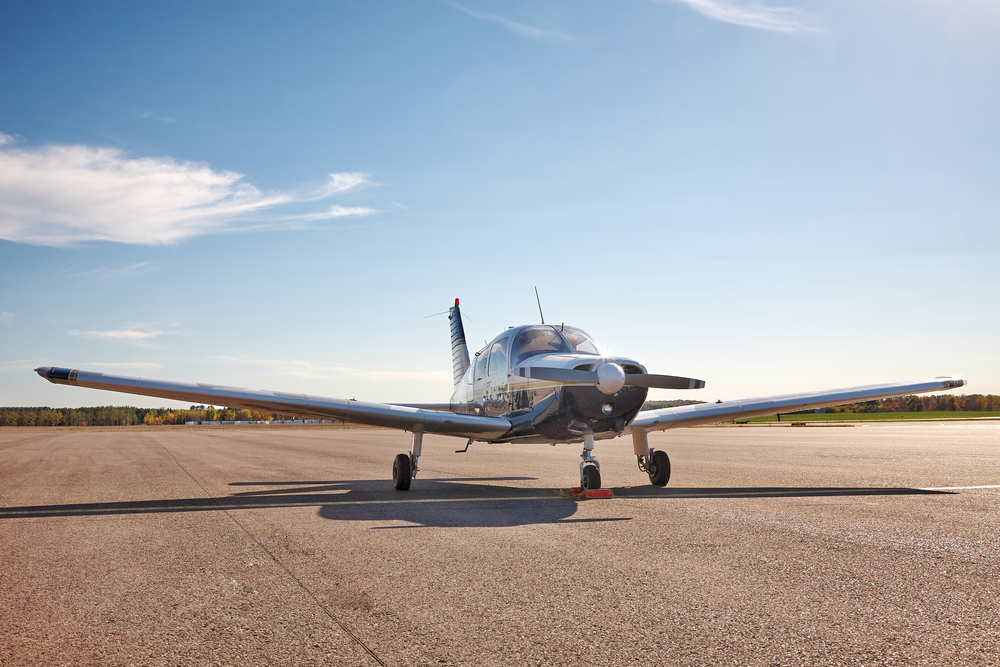Understanding Aircraft Leaseback: A Detailed Guide
Aircraft leaseback arrangements provide a practical solution for operators seeking cost efficiencies. This model allows an airline to sell an aircraft to a leasing company and then lease it back. It helps airlines manage cash flow and expand their fleet without the substantial upfront costs of purchasing new aircraft.
How Aircraft Leasebacks Work
An airline that owns an aircraft initiates a sale of the asset to a leasing company. This company then leases the same aircraft back to the airline on either a short-term or long-term basis. The leasing company benefits from owning the asset, while the airline benefits from continued operational control without bearing the full financial burden.
Types of Leaseback Agreements
There are several types of leaseback agreements to consider:
- Operating Lease: The airline leases the aircraft for a specified period, without the intention of ownership at the end of the lease term.
- Finance Lease: This type of lease is closer to an acquisition where the airline has the option, or requirement, to purchase the aircraft at the end of the lease term.
Each type has distinct financial and operational implications for the airline.
Advantages of Aircraft Leaseback
The primary benefit is improved cash flow management. By selling an aircraft and leasing it back, airlines can free up capital while retaining the necessary equipment to maintain operations. This influx of cash can be used for various purposes, including debt reduction, fleet expansion, or other strategic investments.
Flexibility and Risk Management
Leasebacks provide airlines with fleet flexibility. They can adjust fleet size and composition based on demand without committing to long-term ownership. This mitigates risks related to market downturns or shifts in passenger demand.
Additionally, maintenance and residual value risks are transferred to the leasing company, reducing the airlines’ financial exposure. Leasing companies often include maintenance service packages, adding further value.
Disadvantages of Aircraft Leaseback
While leasebacks offer benefits, they also come with downsides. Leasing typically involves higher long-term costs compared to outright ownership. Payments made over the lease term can exceed the initial purchase price.
Equity Loss and Reduced Asset Leverage
When an airline sells an aircraft, it loses the equity it had in that asset. This can impact the company’s balance sheet and borrowing capacity. Reduced asset leverage can limit future financing options.
Leasebacks also involve complex negotiations and legal agreements. These can incur significant administrative costs and require meticulous management to avoid potential pitfalls.
Market Trends in Aircraft Leaseback
The global aviation industry has seen an increased reliance on leasebacks, especially among low-cost carriers and newly established airlines. These companies prioritize operational liquidity and fleet flexibility.
During economic downturns or industry crises, such as the COVID-19 pandemic, leasebacks offer a lifeline for struggling airlines. The need to quickly convert assets to cash becomes critical, making leasebacks a valuable tool.
Key Players in Aircraft Leaseback
Several major players dominate the aircraft leasing market, including:
- GE Capital Aviation Services (GECAS)
- AerCap
- Air Lease Corporation
- Aviation Capital Group
These companies have extensive portfolios and global reach, providing leaseback solutions across a variety of aircraft types and models.
Future Prospects and Considerations
Future demand for aircraft leasebacks is projected to grow. Economic uncertainties and evolving market conditions continue to drive airlines toward flexible financial solutions. Technological advancements and shifts in consumer behavior also influence fleet strategies.
Despite the benefits, airlines must conduct thorough due diligence before entering leaseback agreements. They need to assess long-term financial impact, lease terms, and the credibility of the leasing company.
Conclusion: Strategic Financial Tool
Aircraft leasebacks are a strategic financial tool in the aviation industry. They offer liquidity, flexibility, and risk mitigation. However, they require careful planning and management to optimize benefits and minimize drawbacks.
